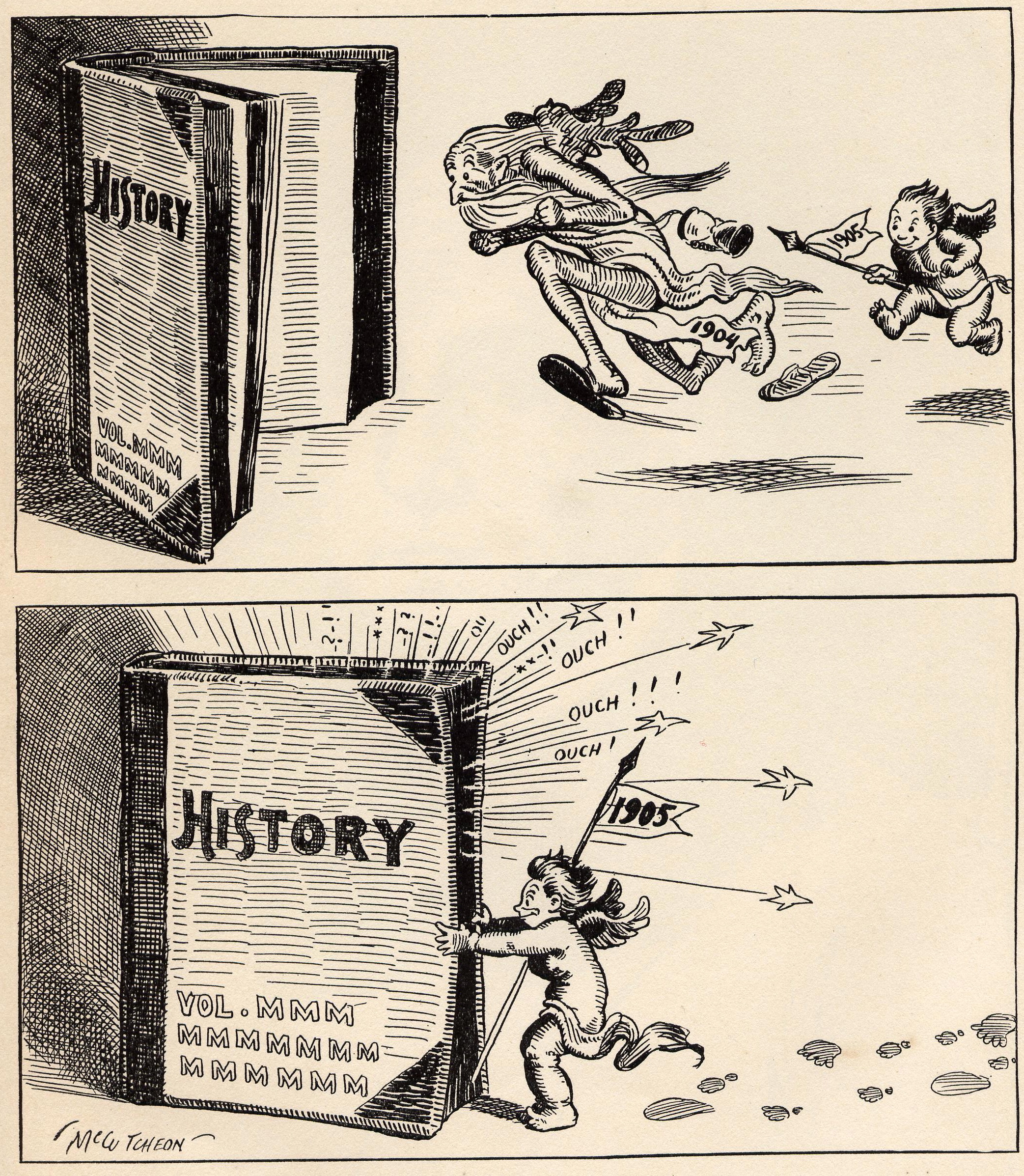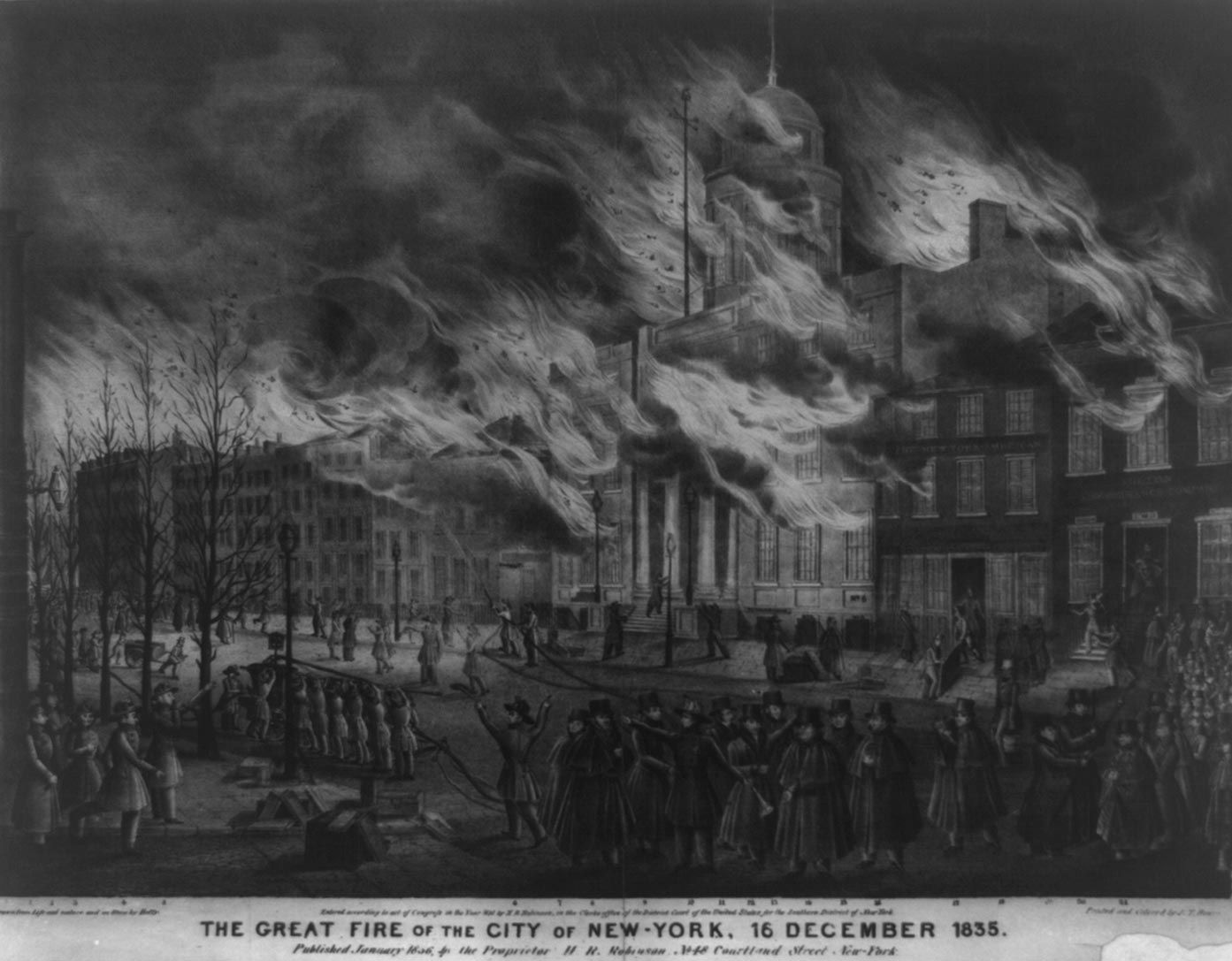|
Izydor Jabłoński
Izydor Jabłoński (born February 7, 1835, in Kraków, died November 13, 1905, therein) was a Polish painter, professor at the Jan Matejko Academy of Fine Arts in Kraków, friend and biographer of Jan Matejko. Biography In the years of 1848 to 1856, he studied at the Jan Matejko Academy of Fine Arts in Kraków, where he was taught by Wojciech Stattler, Władysław Łuszczkiewicz, and sculpture by Henryk Kossowski. He completed his further studies in Munich and Rome. In the years of 1860 to 1861, he travelled around the Balkans and the Near East; and in 1873 around Russia. Between the years of 1877 to 1899, he was a professor at the Jan Matejko Academy of Fine Arts in Kraków. His paintings are themed around religion, and he made many polychromes for churches in Lesser Poland. During his time as professor, he taught many artists which lived in Kraków at the time, inter alia: Józef Mehoffer, Edward Okuń, Wojciech Weiss, Ludwik Stasiak, Stanisław Wyspiański, and Zefiryn Ćwi ... [...More Info...] [...Related Items...] OR: [Wikipedia] [Google] [Baidu] |
Kraków
, officially the Royal Capital City of Kraków, is the List of cities and towns in Poland, second-largest and one of the oldest cities in Poland. Situated on the Vistula River in Lesser Poland Voivodeship, the city has a population of 804,237 (2023), with approximately 8 million additional people living within a radius. Kraków was the official capital of Poland until 1596, and has traditionally been one of the leading centres of Polish academic, cultural, and artistic life. Cited as one of Europe's most beautiful cities, its Kraków Old Town, Old Town was declared a UNESCO World Heritage Site in 1978, one of the world's first sites granted the status. The city began as a Hamlet (place), hamlet on Wawel Hill and was a busy trading centre of Central Europe in 985. In 1038, it became the seat of King of Poland, Polish monarchs from the Piast dynasty, and subsequently served as the centre of administration under Jagiellonian dynasty, Jagiellonian kings and of the Polish–Lithuan ... [...More Info...] [...Related Items...] OR: [Wikipedia] [Google] [Baidu] |
Józef Mehoffer
Józef Mehoffer (19 March 1869 – 8 July 1946) was a Polish painter and decorative artist, one of the leading artists of the Young Poland movement and one of the most revered Polish artists of his time. Life Mehoffer was born in Ropczyce, studied painting at the Academy of Fine Arts in Kraków under Władysław Łuszczkiewicz, and later at the Academy of Fine Arts in Vienna, as well as in Paris at the Académie Colarossi among others. There Mehoffer began painting portraits, often of people of historical significance. He later expanded his work to include different techniques, such as graphic art, stained glass, textiles, chalk drawings, etchings and book illustrations. He produced set designs for theatre, and stylized furniture designs. Mehoffer received international acclaim for his stained glass windows in the Gothic St Nicholas Collegiate Church in Fribourg, Switzerland produced in 1895–1936. His other stained glass designs include the Radziwill Chapel in Bal ... [...More Info...] [...Related Items...] OR: [Wikipedia] [Google] [Baidu] |
19th-century Polish Male Artists
The 19th century began on 1 January 1801 (represented by the Roman numerals MDCCCI), and ended on 31 December 1900 (MCM). It was the 9th century of the 2nd millennium. It was characterized by vast social upheaval. Slavery was Abolitionism, abolished in much of Europe and the Americas. The First Industrial Revolution, though it began in the late 18th century, expanded beyond its British homeland for the first time during the 19th century, particularly remaking the economies and societies of the Low Countries, France, the Rhineland, Northern Italy, and the Northeastern United States. A few decades later, the Second Industrial Revolution led to ever more massive urbanization and much higher levels of productivity, profit, and prosperity, a pattern that continued into the 20th century. The Catholic Church, in response to the growing influence and power of modernism, secularism and materialism, formed the First Vatican Council in the late 19th century to deal with such problems an ... [...More Info...] [...Related Items...] OR: [Wikipedia] [Google] [Baidu] |
1905 Deaths
As the second year of the massive Russo-Japanese War begins, more than 100,000 die in the largest world battles of that era, and the war chaos leads to the 1905 Russian Revolution against Nicholas II of Russia (Dmitri Shostakovich, Shostakovich's Symphony No. 11 (Shostakovich), 11th Symphony is subtitled ''The Year 1905'' to commemorate this) and the start of Revolution in the Kingdom of Poland (1905–07), Revolution in the Kingdom of Poland. Canada and the U.S. expand west, with the Alberta and Saskatchewan provinces and the founding of Las Vegas. 1905 is also the year in which Albert Einstein, at this time resident in Bern, publishes his four Annus Mirabilis papers, ''Annus Mirabilis'' papers in ''Annalen der Physik'' (Leipzig) (March 18, May 11, June 30 and September 27), laying the foundations for more than a century's study of theoretical physics. Events January * January 1 – In a major defeat in the Russo-Japanese War, Russian General Anatoly Stessel su ... [...More Info...] [...Related Items...] OR: [Wikipedia] [Google] [Baidu] |
1835 Births
Events January–March * January 7 – anchors off the Chonos Archipelago on her second voyage, with Charles Darwin on board as naturalist. * January 8 – The United States public debt contracts to zero, for the only time in history. * January 24 – Malê Revolt: African slaves of Yoruba Muslim origin revolt against Brazilian owners at Salvador, Bahia. * January 26 ** Queen Maria II of Portugal marries Auguste de Beauharnais, 2nd Duke of Leuchtenberg, in Lisbon; he dies only two months later. ** Saint Paul's in Macau is largely destroyed by fire after a typhoon hits. * January 30 – The first assassination attempt against a President of the United States is carried out against U.S. President Andrew Jackson at the United States Capitol * February 1 – Slavery is abolished in Mauritius. * February 20 – 1835 Concepción earthquake: Concepción, Chile, is destroyed by an earthquake. The resulting tsunami destroys the neighboring city of Talcahuano. * March 2 – ... [...More Info...] [...Related Items...] OR: [Wikipedia] [Google] [Baidu] |
Epitaph
An epitaph (; ) is a short text honoring a deceased person. Strictly speaking, it refers to text that is inscribed on a tombstone or plaque, but it may also be used in a figurative sense. Some epitaphs are specified by the person themselves before their death, while others are chosen by those responsible for the burial. An epitaph may be written in prose or in poem verse. Most epitaphs are brief records of the family, and perhaps the career, of the deceased, often with a common expression of love or respect—for example, "beloved father of ..."—but others are more ambitious. From the Renaissance to the 19th century in Western culture, epitaphs for notable people became increasingly lengthy and pompous descriptions of their family origins, career, virtues and immediate family, often in Latin. Notably, the Laudatio Turiae, the longest known Ancient Roman epitaph, exceeds almost all of these at 180 lines; it celebrates the virtues of an honored wife (sometimes identified, but ... [...More Info...] [...Related Items...] OR: [Wikipedia] [Google] [Baidu] |
Rakowicki Cemetery
Rakowicki Cemetery (English: ; ) is a historic necropolis and a cultural heritage monument located on 26 Rakowicka Street in Kraków, Poland. It lies within the Administrative District No. 1 ''Stare Miasto'' meaning "Old Town" – distinct from the Kraków Old Town situated further south. Founded at the beginning of the 19th century when the region was part of Austrian Galicia, the cemetery was expanded several times, and at present covers an area of about 42 hectares. Many notable Cracovians, among them the parents of Pope John Paul II, are buried here. Gazeta Krakow.pl, October 29, 2008, A multilingual brochure available for the visitors, calle"Zwiedzamy Cmentarz Rakowicki" (A visit to the Rakowicki Cemetery)with a map describing a two-hour walk, is published by Zarząd Cmentarzy Komunalnych w Krakowie. History The Rakowicki Cemetery was set up in 1800–1802 at an estate in Prądnik Czerwony village, originally on an area of only 5.6 ha. It was first used in ... [...More Info...] [...Related Items...] OR: [Wikipedia] [Google] [Baidu] |
Kraków Society Of Friends Of Fine Arts
The Kraków Society of Friends of Fine Arts (, TPSP) is a social group of artists, artisans and their supporters founded in Kraków in 1854, under the Austrian Partition of Poland. Today, the Society operates from the Art Nouveau Palace of Art erected by its own members in 1901 at the Szczepański Square in Kraków Old Town. After major renovations of the Palace in 1996, the Society organizes local and international art exhibits and numerous other art initiatives. History The nonprofit Society of Friends of Fine Arts was established in Kraków in 1854 to promote Polish art and culture, against the foreign rulership of Austria-Hungary. Its initiator, Walery Wielogłowski (1805-1865), was an emigrant activist and publisher living in Cracow since 1848. TPSP's goal was to "shape the heart and disposition of the spirit towards the concept of absolute beauty, thereby developing in the nation a sense of order and harmony, without which true education, or civilization, is almost impossib ... [...More Info...] [...Related Items...] OR: [Wikipedia] [Google] [Baidu] |
Zefiryn Ćwikliński
Zefiryn (Zefir) Alojzy Ćwikliński Ceferino (February 6, 1871 in Lviv – July 24, 1930 in Zakopane) - Polish painter, known primarily for painting in the Tatra Mountains, Tatra mountains. Biography He graduated from high school in Lviv, then for a year, he studied philosophy at the Lviv University, University of Lviv, and later, after moving to Kraków - in the years 1887-1889 - studied at the Jan Matejko Academy of Fine Arts where he was the student of Florian Cynk, Władysław Łuszczkiewicz, Feliks Szynalewski and Izydor Jabłoński. In 1893, he received a scholarship and continued his studies at the Academy of Fine Arts Vienna, Vienna Academy with a historical painter and portraitist Christian Griepenkerl. He specialised in historic paintings, portraits and those of different genres. With the lack of financial resources he was forced to return to the country. After returning home, he was a teacher of art in Brody and Jarosław. As a result of political conflicts with s ... [...More Info...] [...Related Items...] OR: [Wikipedia] [Google] [Baidu] |
Stanisław Wyspiański
Stanisław Mateusz Ignacy Wyspiański (; 15 January 1869 – 28 November 1907) was a Polish playwright, painter, poet, and interior and furniture designer. A patriotic writer, he created symbolic national dramas accordant with the artistic premises of the Young Poland movement. Wyspiański was one of the most outstanding and multifaceted artists in Poland under the foreign partitions. He combined modernism with traditional Polish folk and Romantic themes. He became known unofficially as a fourth Polish bard, after the earlier Three Bards: Adam Mickiewicz, Juliusz Słowacki, and Zygmunt Krasiński). Biography Stanisław Wyspiański was born to Franciszek Wyspiański and Maria Rogowska. His father, a sculptor, owned an atelier at the foot of Wawel Hill, in the Długosz House. His mother died of tuberculosis in 1876 when Stanisław was seven years old. Due to problems with alcohol, Stanisław's father could not fulfil his parental responsibilities. Stanisław was a ... [...More Info...] [...Related Items...] OR: [Wikipedia] [Google] [Baidu] |






